The new sights and sounds of Seoul
A fresh wave of local artists, K-pop stars and street shows is brightening up the old paths of Korea’s capital.
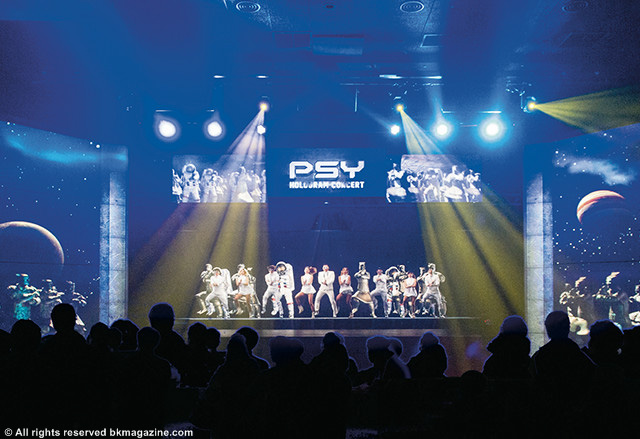


Rather hang with a younger crowd? Head to Hongdae Street Market on Friday and Saturday nights. It’s full of street performances from rappers, guitarists and dance troops. On Theater Street, near Daehangno University, you’ll also find plenty of live shows hosted by independent theaters that groom young performers. (Note: Korean language skills are required to know what’s going on.) Even if you’re not into drama, this area is totally worth visiting just for the people-watching, as it’s one of the hippest spots for the young crowd to come and eat and drink.
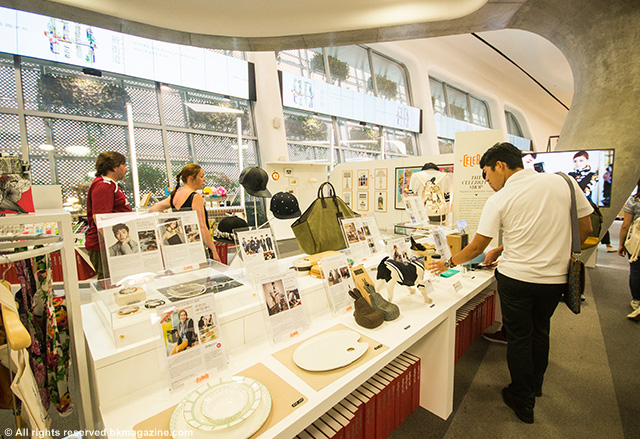
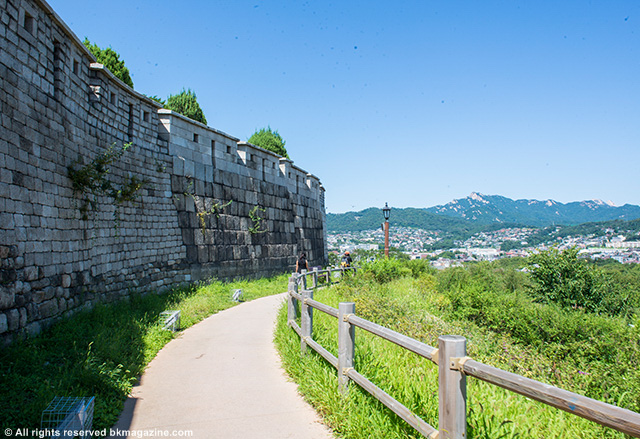

Get some exercise, see incredible views of the modern Seoul skyline and also savor some history by dedicating half a day to walking along the Fortress Wall of Seoul, an 18.6km-long wall built during the Joseon Dynasty (13th century AD). You can easily combine the walk with visits to old settlements like Naksan Park and Ihwa Mural Village, which is now full of cheerful wall paintings from local artists.
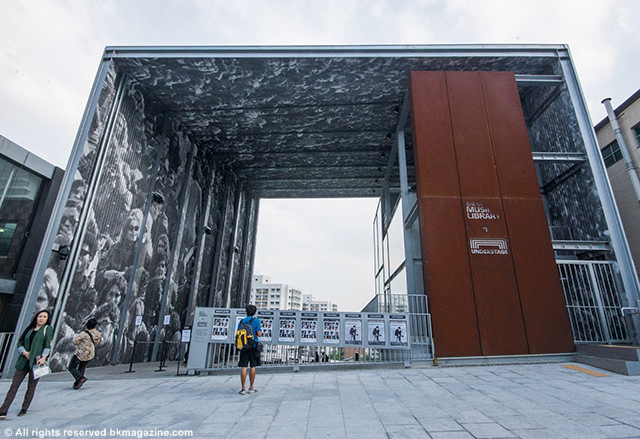
Once the neighborhood of choice for foreigners living in Korea, Itaewon has now transformed into a hub for culture. Start your day exploring at Leeum Samsung Museum of Art (leeum.samsungfoundation.org) to see its private collection dating back to 14th century A.D. On the main street, you’ll find the newly opened Music Library+Understage (library.hyundaicard.com), a music-focused complex storing more than 10,000 vinyl records along with an archive of music magazines, including Rolling Stone’s first issue from 1967. Although visiting the museum requires you to either own or be with someone who has a local Hyundai credit card, the cafe and terrace are free to visit anytime, and often play host to aspiring local artists performing small gigs. Next to it is Series (www.byseries.com), a multi-brand shops selling neo-vintage clothes and handmade wooden furniture.
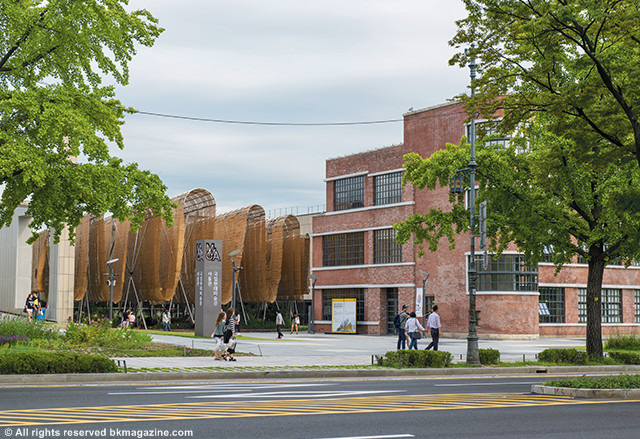
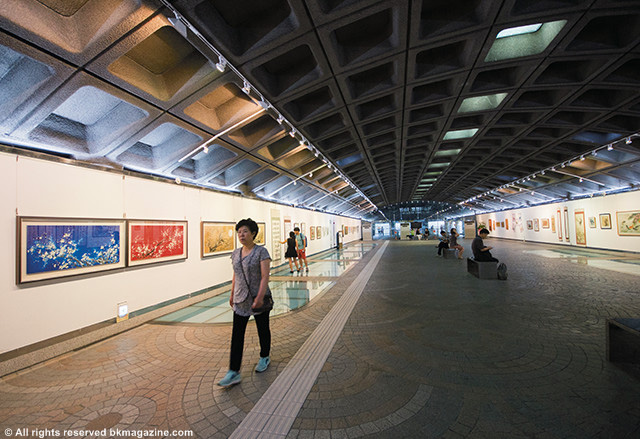
Most of the city’s galleries are clustered in the old part of town around Gyeongbokgung Palace, where even the underground Gyeonbokgung Station serves as a vast public exhibition space. Top galleries include Kukje Gallery (www.kukje.org) and Hakgojae Gallery (www.hakgojae.com)—two prominent local galleries praised for driving the Korean art scene onto the global stage—as well as other contemporary art spaces Jean Gallery (www.jeanart.net), Leeahn Gallery (www.leeahngallery.com) and Gallery Simon (www.gallerysimon.com), which has a handsome cafe on the rooftop. The area is also home to the National Museum of Modern and Contemporary Art (mmca.go.kr/eng), which exhibits local films, paintings, concerts and performances. Entrance is free on Wednesday evenings. While in the area, make the time to stroll around Samcheong-dong for local crafts, arts, clothes and coffee. Don’t miss Heartist (blog.naver.com/heart_ist), a five-story fashion CSR store and space that sells lifestyle items and clothes from local designers and has a charming rooftop garden.
Advertisement